Name Florence Knoll | Role Architect | |
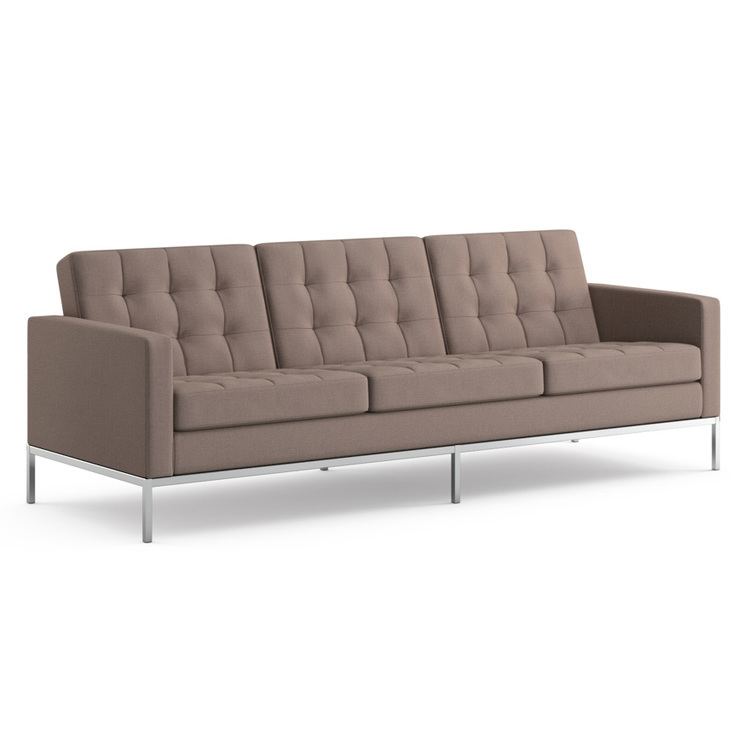 | ||
Similar People | ||
Ifn modern florence knoll style reproduction chair details interview
Florence Marguerite Knoll Bassett (née Schust; born May 24, 1917) is an American architect and furniture designer who studied under Mies van der Rohe and Eliel Saarinen. She was born Florence Schust in Saginaw, Michigan, and is known in familiar circles as "Shu".
Contents
- Ifn modern florence knoll style reproduction chair details interview
- Florence knoll sofa
- Early life and education
- Knoll furniture
- Knoll Planning Unit
- Paste up
- Showrooms
- Furniture
- References
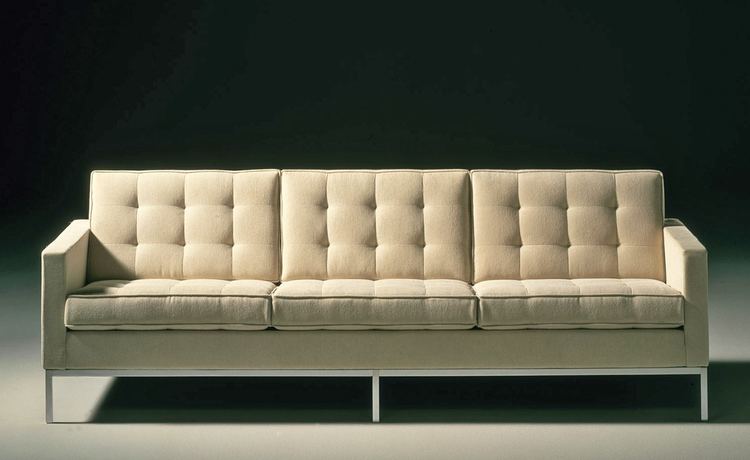
She graduated from the Kingswood School before studying at the Cranbrook Academy of Art. (Both institutions are located on the same campus in Bloomfield Hills, Michigan.) Knoll also received a bachelor's degree in architecture from the Armour Institute (now Illinois Institute of Technology) in 1941 and briefly worked with leaders of the Bauhaus movement, including Walter Gropius, Marcel Breuer, and the American modernist, Wallace K. Harrison.
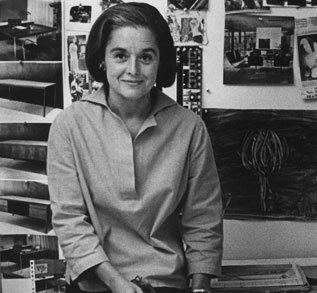
Florence knoll sofa
Early life and education
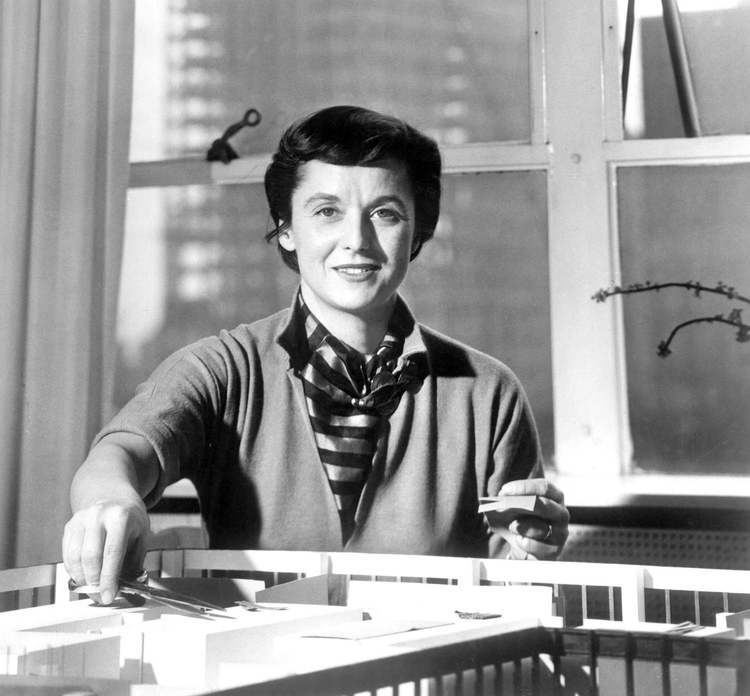
Florence Marguerite Schust was born in Saginaw, Michigan to Frederick E. Schust and Mina Haist Schust. Frederick Schust was born about 1882 in either Switzerland or Germany, was a native German speaker, and the 1920 United States Federal Census describes him as the superintendent of a commercial bakery. Mina was born about 1887 in Michigan, although her parents had been born in Canada. Frederick died relatively young, some time before the 1930 United States Federal Census.
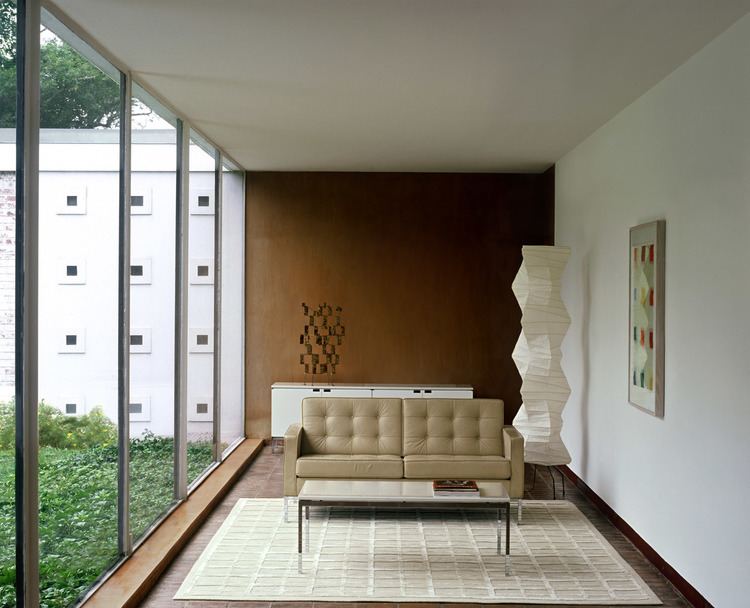
From 1932-34, Knoll attended Kingswood School in Cranbrook, and the Cranbrook Academy of Art from 1934-35, where she studied under Eliel Saarinen. In 1935, she studied town planning at the School of Architecture at Columbia University. From 1936-37, she explored furniture-making with Eero Saarinen and Charles Eames. From 1938-39, she was at the Architectural Association in London, and was influenced by Le Corbusier’s International style, but she left as World War II was spreading.

In 1940, she moved to Cambridge, Massachusetts, and worked for Walter Gropius and Marcel Breuer, and was influenced by the Bauhaus school and Marcel Breuer's steel-tubed modern furniture. This led to the Illinois Institute of Technology (Armour Institute) in Chicago, where she studied under Mies van der Rohe. She had many mentors who influenced her design. In her own words:
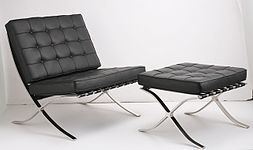
* "Rachel de Wolfe Raseman, the art director of Kingswood and a graduate architect from Cornell University. She guided me into the world of architecture and design. I learned the basics of planning and drafting and my first project was to design a house.
*"The Saarinens befriended me and took me under their wing. They asked my guardian for permission to accompany them to Hvitrask, their home in Finland for the summer.... One summer at Hvitrask, Eero decided to give me a course in architectural history. He talked and drew these sketches simultaneously on sheets of stationery beginning with Greek, Roman and Byzantine periods. He discussed each detail as the drawings appeared on the paper.
*"Mies van der Rohe had a profound effect on my design approach and the clarification of design".
Knoll furniture
In 1938, Hans Knoll founded his furniture company by that name in New York. In 1943, Florence Schust convinced Knoll she could help bring in business to his company even in America's wartime economy by expanding into interior design by working with architects. With her architectural background and design flair, she succeeded. They married in 1946, she became a full business partner and together they founded Knoll Associates. A new furniture factory was established in East Greenville, Pennsylvania, and dealers of Knoll's furniture were carefully added over the next several years.
Knoll felt architects should contribute their design ability to furniture as well. Some of these furniture designs would become design icons of the 20th century and have remained in the Knoll line for decades due to their timeless design. When Hans Knoll died in a car accident in 1955, Florence Knoll took over operation of the company. She designed chairs, sofas, tables and casegoods during the 1950s, many of which remain in the Knoll line to this day. In 1958 she married Harry Hood Bassett, the son of Harry H. Bassett. In the 1950s her work was often included in The Museum of Modern Art's "Good Design" exhibits. Although Knoll did a great deal of residential work, she worked in the International Style that was especially successful in corporate offices.
As an architect, Knoll's most famous creations are the Connecticut General Life Insurance Company Headquarters building in Bloomfield, Connecticut and the interior of the CBS Building in New York City. Her vision for the new office was clean and uncluttered, and the corporate boom of the 1960s provided the perfect opportunity for her to change the way people looked at work in their offices. Her open-plan layouts were clean, uncluttered spaces. She retired as Knoll president in 1960 but remained with the company as the director of design until 1965 when she retired completely. In 2002, she was awarded the National Medal of Arts. She turned 100 in May 2017.
Knoll Planning Unit
Florence Knoll directed the interior design service of Knoll Associates (The Knoll Planning Unit) from 1943-71. She and the Planning Unit were important figures in the development of interior design from the 1940s to the 1970s. They created some of the most innovative design for office interiors during the post-war period, largely due to Knoll's rational thinking and humanized modernism ideas.
Knoll and The Planning Unit had a radical influence on the American office environments, beginning by replacing the traditional, heavy, carved, mahogany desks with modern, lighter designs, as well as straightening the common diagonal positioning of the executive desk. She redesigned conference tables into a boat-shape so that people could see one another to accommodate group discussions.
Paste-up
Knoll communicated and presented the designs of the Knoll Planning Unit through what she referred to as "paste-ups". A "paste-up" was a general graphic-arts term for any draft or finished mechanical flat art, traditionally using an adhesive. The paste-up was a small representational plan of the space with fabric swatches, wood chips and finishes attached to represent furniture and other details.
Showrooms
The Knoll showrooms embodied their humanised modern designs, showing customers how to use their new furniture. Their first showroom was opened in 1948 in New York City followed by those in Dallas, Chicago, San Francisco, Paris, Los Angeles Southfield, Michigan and other cities.
Furniture
Knoll stated that she was not a furniture designer, perhaps because she didn’t want her furniture pieces to be viewed on their own but rather as an element of her holistic interior design.
She designed furniture when the existing pieces in the Knoll collection only didn't meet her needs. Almost half of the furniture pieces in the Knoll collection were her designs including tables, desks, chairs, sofas, benches and stools. She designed furniture not only to be functional but also to designate the way she wanted the interior space to function as well as relate to the architecture of the space and the overall composition. This was inevitably part of her concept of "total design" in which she aspired to work in a broad range of design fields including architecture, manufacturing, interior design, textiles, graphics, advertising and presentation.
The distinctive features of Knoll's furniture designs were the sleek silhouettes and geometries. This reflected her architectural training and interests. Her furniture was designed with the notion of transforming architecture into furniture, which she achieved by translating the structure and language of the modern building into a human-scaled object.
